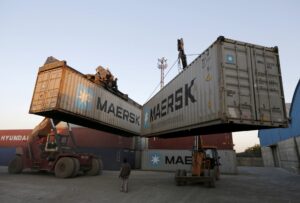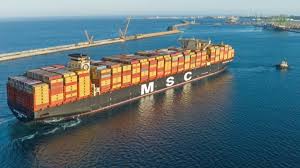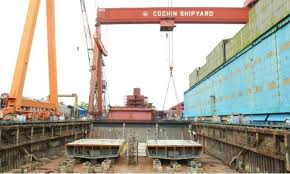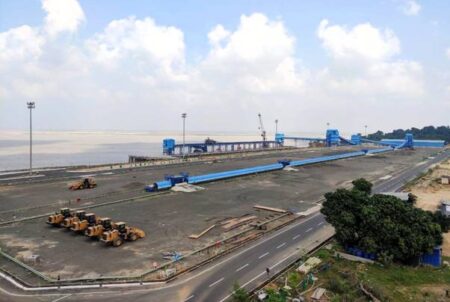Container carriers face sliding rates and weak demand in Q3; Maersk’s long-term contracts set it apart amid the downturn.
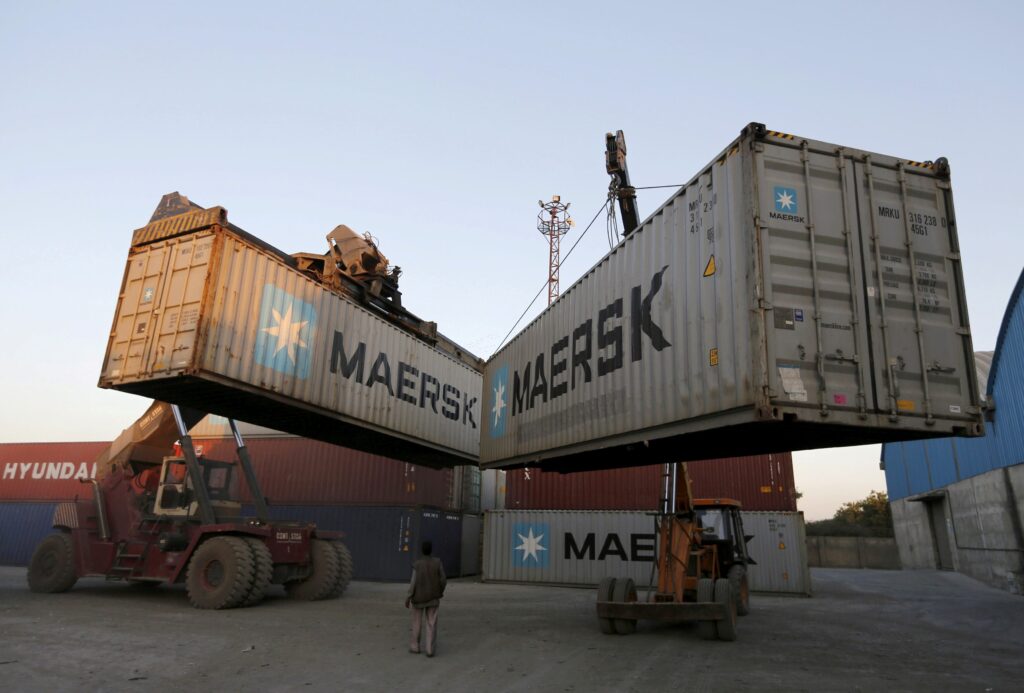
European shipping and logistics firms are entering the third-quarter earnings season under significant pressure, as the industry grapples with tumbling freight rates and weak demand. Analysts are revising down profit forecasts across the board, pointing to oversupply, new U.S. tariffs and softening container volumes as key headwinds.
Ocean container freight rates have now fallen to their lowest levels since January 2024, as carriers face both excess capacity and subdued demand.
In this challenging environment, Danish shipping giant A.P. Møller – Mærsk A/S (Maersk) is being singled out for relative resilience. A large share of its business is locked into long-term contracts that secure higher rates, insulating it from some of the immediate pain.
Key facts & figures:
- Container volumes for Maersk’s Ocean segment rose about 4% from January through August, but analysts at Bernstein Research say much of that growth was driven by customers front-loading shipments ahead of U.S. tariff pauses and may not translate into sustained strength.
- Bernstein warns that even at peak season (Q3) demand remains muted and expects rates to stay weak as supply continues to rise further.
- According to BofA Securities:
- Danish freight forwarder DSV A/S is expected to cut its operating profit guidance by roughly DKK 1 billion (~US $156 million), bringing forecast annual profit to DKK 19.5-20.5 billion.
- Swiss forwarder Kuehne + Nagel International AG is seen by HSBC as likely posting a roughly one-third drop in Q3 operating profit.
- German logistics leader DHL Group may record a ~4% decline in Q3 operating profit, with weakness in express and forwarding segments.
Why Maersk is seen as stronger:
- Maersk’s term-contract strategy: Up to ~72% of its container rates for this year are locked in via long-term contracts, according to Rico Luman, senior economist for transport, logistics and automotive at ING Research. These contracts often last a year or more, giving Maersk more pricing stability than carriers relying purely on spot markets.
- Maersk reported that for the first half of 2025, its total revenue hit USD 13.13 billion (vs USD 12.77 billion a year earlier), with its Logistics & Services unit showing a strong 39% year-on-year gain in EBIT.
- While even Maersk’s Ocean business faces rate pressure (its Ocean EBIT was USD 229 million in H1 2025 vs USD 470 million the prior year), the controlled roll-off of contracts should soften the impact.
Outlook & context:
Analysts believe that many shipping and logistics players will either issue weaker results in upcoming reports or revise guidance downward. The combination of falling yields in sea and air freight, persistent overcapacity and global trade uncertainty is creating a “new normal” of weaker margins. Maersk is not immune, but its contract book gives it a comparatively smoother ride for now.
In short: the sea of container shipping is roughening. Many carriers are being tossed by falling rates and weak demand, but Maersk appears to have secured a steadier vessel—at least for the moment.
Source: Reuters



